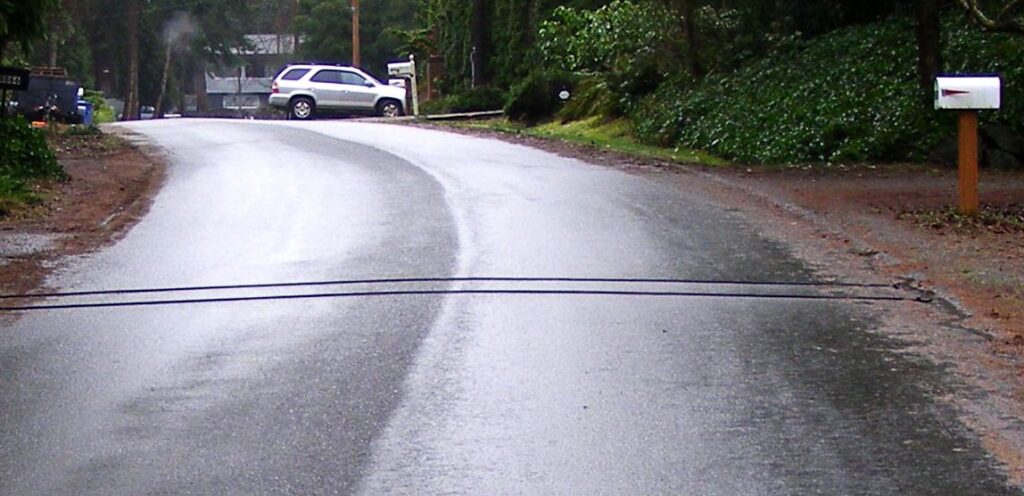Here’s the purpose of those weird black cables you see on the road
When you’re navigating through highways or cruising down residential streets, you might occasionally notice black cables stretched across the road.
These cables, safe to drive over, play a crucial role in monitoring traffic flow and patterns, offering insights that are invaluable for local transportation authorities.
These devices, known as road tubes, are ingeniously simple tools for collecting a wealth of information about traffic dynamics in various locations. Installed with minimal disruption, they lie in wait, unobtrusive yet highly effective. Every time a vehicle passes over, its tires compress the tube, sending a burst of air rushing through to a connected counter. This process is not only safe but is a cornerstone of traffic data collection.

The counter, fed by these air bursts, logs each passage, allowing for the accumulation of comprehensive traffic data over a set period. This isn’t just a matter of counting vehicles; the technology can infer peak traffic times by examining the intervals between these air bursts. When deployed in pairs, these tubes can discern even more—classifying vehicles, tracking their speed, and determining their direction of travel.
This wealth of data serves a critical function. It informs transportation agencies when it might be necessary to adjust speed limits or update road signage, ensuring that traffic regulations keep pace with changing conditions on the ground.
For many, the purpose of these unassuming black cables has been a curiosity. Discovering their role in gathering detailed traffic data through such a straightforward mechanism—a mere “puff of air”—is both surprising and enlightening.
If you’ve ever wondered about these cables, now you know they are key players in our transportation system’s ongoing effort to enhance road safety and efficiency. This revelation might be news to some, so sharing this information can spread awareness about the innovative methods used to keep our roads monitored and managed.





